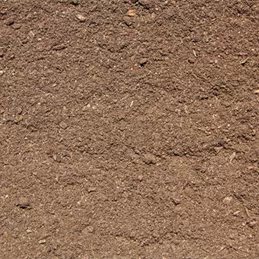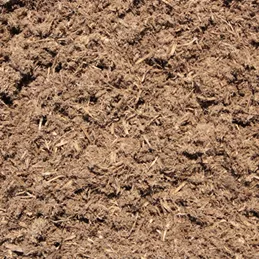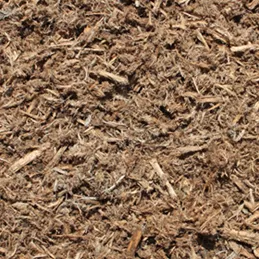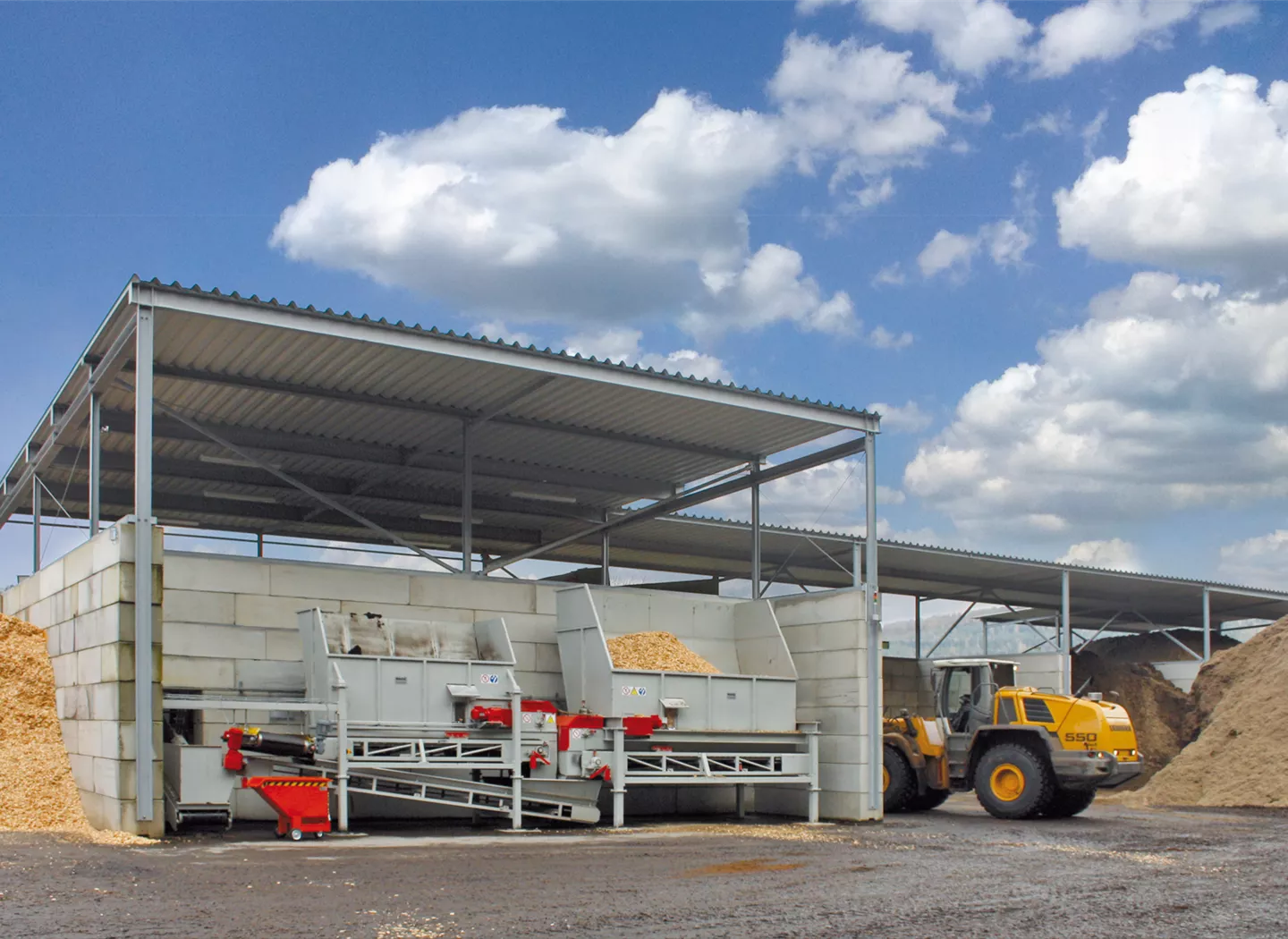These cookies are required for the functionality of our website and cannot be deactivated (e.g. session cookies).
Responsible company:
PATZER ERDEN GmbH
Am Elmacker 9, 36391 Sinntal-Altengronau
Legal basis:
Die Einwilligung nach Art. 6 Abs. 1 S. 1 lit. c DSGVO, sowie §25 Abs. 2 Nr. 2 TDDDG.
Place of processing:
European Union
Purpose of data processing:
Compliance with legal obligations, storage of consent, basket and wishlist, user identification
Collected data:
Opt-in and opt-out data, referrer URL, user settings, consent, language, IP address
Data receiver:
PATZER ERDEN GmbH
More on data protection at:
Privacy policy
| Name | Purpose | Duration |
|---|---|---|
| gs.ocs.session.id | Session cookie | 1 day |
| gs.ocs.identifier.user | User ID | 3 Month |
| gs.ocs.identifier.basket | Basket cookie and wishlist | 3 Month |
| gs.ocs.cookiemessageagreeed | Cookie settings | 1 Year |
With your consent you allow the loading of external media.
Note: YouTube can load external Google Web Fonts.
Description of the services:
Youtube is a video streaming service. We embed YouTube videos directly in some parts of our website, e.g. to offer explanatory videos or other moving image content for a better understanding of the product or information about us.
Processing company:
Google Ireland Limited
Google Building Gordon House, Barrow Street, Dublin 4, Ireland
Legal basis:
Consent according to Article 6 Paragraph 1 Clause 1 Letter a GDPR.
Place of processing:
European Union
Purpose of data processing:
View videos
Collected data:
Device Information, IP Address, Referrer URL, Viewed Video
Transfer to third countries:
Worldwide
Data receiver:
Google Ireland Limited, Alphabet Inc., Google LLC
More on data protection at:
https://www.youtube.com/intl/ALL_de/howyoutubeworks/user-settings/privacy/
| Name | Purpose | Duration |
|---|---|---|
| 1P_JAR | Custom ads are served on Google webpages based on recent searches and past interactions. | 1 week |
| APISID | Personalizes Google ads on websites based on recent searches and interactions. | 2 Years |
| CONSENT | Stores visitor preferences and personalizes advertising. | 2 Years |
| HSID | Security cookie used to confirm visitor authenticity, prevent fraudulent use of login credentials and protect user data from unauthorized access. | 2 Years |
| NID | Stores visitor preferences and personalizes ads on Google websites based on recent searches and interactions. | 6 months |
| OTZ | Associates activities of visitors with other devices that are previously logged in with the Google account. In this way, advertising is tailored to different devices. | 1 month |
| SAPISID | Google collects visitor information for videos hosted by YouTube. | 2 Years |
| SID | Security cookie to confirm visitor authenticity, prevent fraudulent use of login credentials and protect visitor data from unauthorized access. | 2 Years |
| SIDCC | Security cookie to confirm visitor authenticity, prevent fraudulent use of login credentials and protect visitor data from unauthorized access. | 3 Month |
| SSID | Google collects visitor information for videos hosted by YouTube on maps integrated into Google Maps. | 2 Years |
| _ga | This cookie is a persistent Google Analytics cookie used to distinguish individual users. | 2 Years |
Note: External web fonts can be loaded.
| Name | Purpose | Duration |
|---|---|---|
| To display iFrame from external sources. This allows personal data to be transmitted to third-party platforms. | More under Privacy |
Marketing cookies are used to follow visitors on websites. The intent is to show ads that are relevant and engaging to the individual user and therefore more valuable to publishers and third party advertisers.
Description of the services:
Elfsight ist ein Dienstanbieter, der anpassbare und codefreie Website-Widgets sowie umfangreiche Integrationsfunktionen bereitstellt. Es handelt sich um eine SaaS-Lösung (Software as a Service), die es uns ermöglicht, verschiedene Funktionen wie Social-Media-Feeds, Bewertungen, Chats und Formulare einfach einzubinden.
Processing company:
Elfsight LLC
0015, Armenia, Yerevan, Paronyana str., 19/3, 201, Armenia
Legal basis:
Consent according to Article 6 Paragraph 1 Clause 1 Letter a GDPR.
Place of processing:
Armenien
Purpose of data processing:
Verbesserung des Dienstes, Bereitstellung von Diensten
Collected data:
Übertragene Datenmenge, Browser-Informationen, Cookie-Informationen, Gerätebestriebssystem, Internetdienstanbieter, IP-Adresse, Referrer URL, Nutzungsdaten, Website-Interaktion
Transfer to third countries:
Armenien
Data receiver:
Elfsight, LLC
More on data protection at:
https://elfsight.com/privacy-policy/
| Name | Purpose | Duration |
|---|---|---|
| __cfduid | Wird verwendet, um die Sicherheit des Dienstes zu gewährleisten und vor böswilligen Besuchern zu schützen. | Session duration |
| _p_hfp_client_id | Wird verwendet, um soziale Plattformen auf der Website zu implementieren. Ermöglicht den sozialen Plattformen, die Benutzer zu verfolgen, indem ihnen eine bestimmte ID zugewiesen. | 1 day |
| session_id | Wird verwendet, um zu verhindern, dass die Ansichten der Widget-Besitzer gezählt werden. | Session duration |







